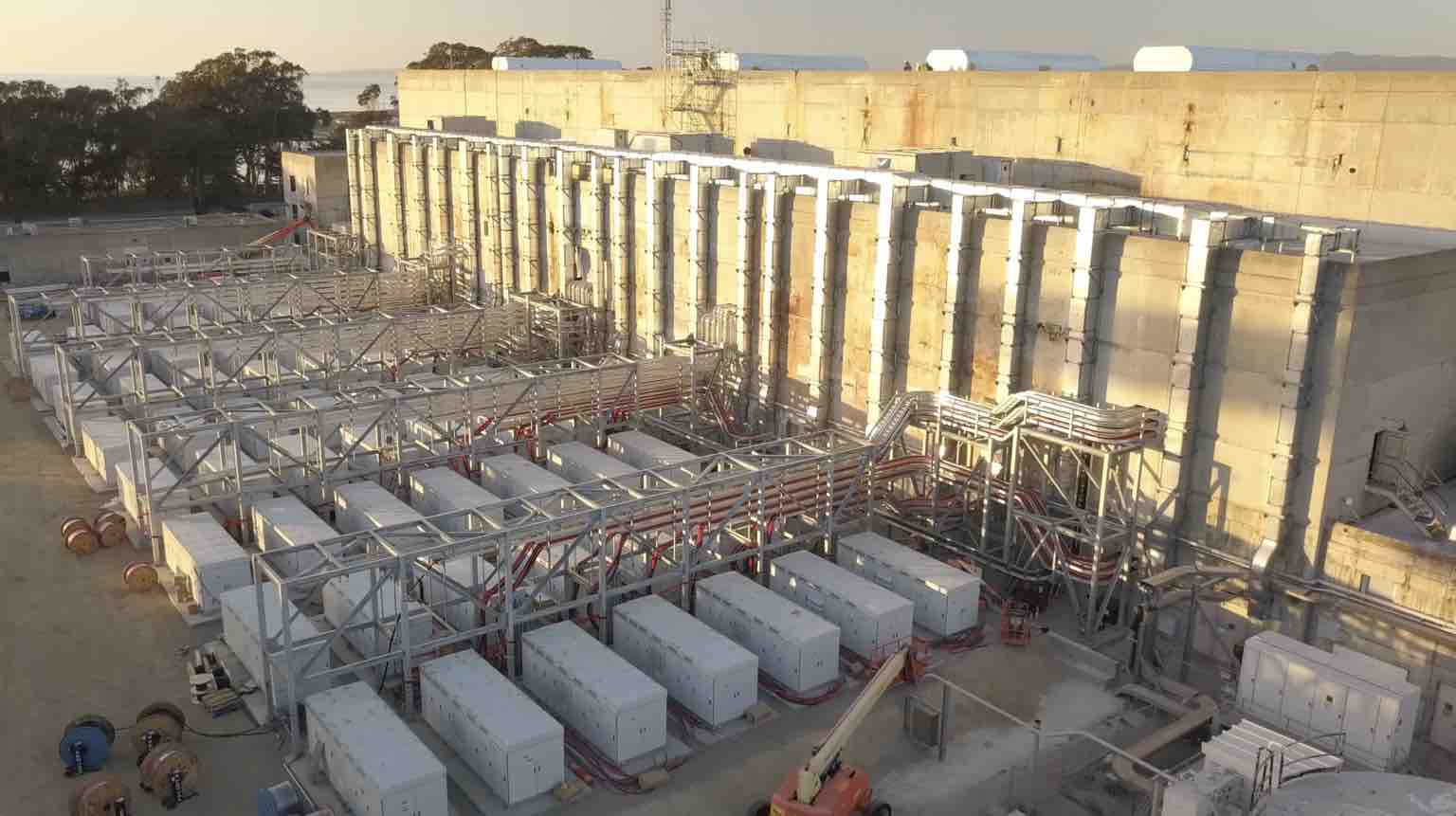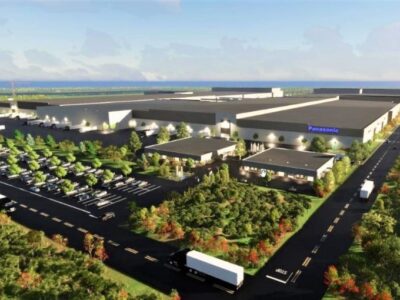As we approach the end of the third quarter, it is a good time to reflect on our progress in the race for cleaner energy. In the second quarter of 2023 (Q2), according to the American Clean Power Association (ACP), 105 renewable projects went live, connecting 5,218 MW (5.2 GW) of power to the grid. As a result, 2023’s Q2 was the second-highest in history, ranking only behind Q2 of 2021. This brought our cumulative clean power capacity up to 237,345 MW (237 GW), the equivalent amount of power needed for 63 million homes.
America ended the quarter with 145,592 MW (145.6 GW) of additional projects in the clean power pipeline, 13 percent more than Q2 of 2022 and 43 percent more than Q2 of 2021, equating to about 5 percent average growth per quarter for the past two years. So, what exactly happened to make Q2 so successful?
Battery storage was the quarter’s true winner, with 31 projects representing 1,510 MW or 5,098 MWh coming online; that was 32 percent more than during Q2 2022. Seventeen were standalone projects, including Vistra Energy’s 300 MW / 1,400 MWh phase three expansion of the Moss Landing project in California, the world’s largest such facility; it has 122 individual containers and 110,000 battery modules. Of the 14 hybrid projects, Thunder Wolf Solar + Storage in Colorado from NextEra Energy Resources was the biggest, providing 200 construction jobs and ultimately connecting 248 MW of solar and 100 MW / 400 MWh of battery storage to the grid. As a result of this Q2 activity, the US reached 11,071 MW / 31,066 MWh of cumulative battery storage capacity.
While battery storage only occupies 14 percent of the clean energy in development – with 260 projects representing 21,069 MW / 59,925 MWh currently in process – its pipeline has still consistently increased at an average of 12 percent growth per quarter over two years, more than doubling in that time, and even hitting quarterly growth of 14 percent for the last three quarters.
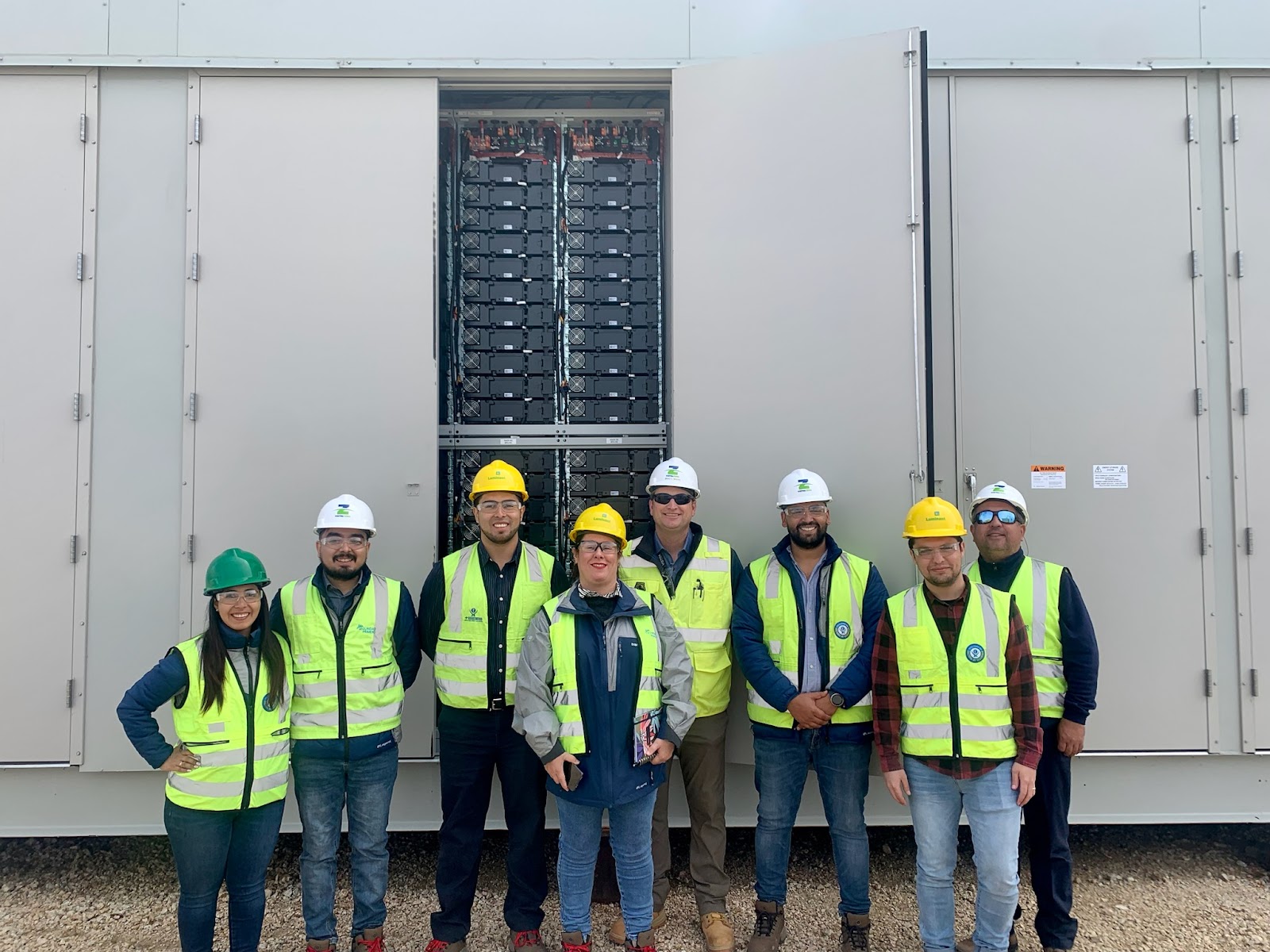
Photo Courtesy Vistra Corp.
The solar industry also shone during Q2. A total of 2,740 MW of solar across 68 new projects was added, making it the only technology with more than 2 GW of installations added during the quarter.
This was only 1 percent fewer installations than Q2 2022. The biggest project commissioned during Q2 was Intersect Power’s 320 MW Radian Solar, located in Texas. This along generates enough power for 114,000 households and created 500 construction jobs over the past three years.
Cumulative solar capacity hit 79,800 MW from such additions, with at least one utility-scale project in each of the 50 states plus the District of Columbia. Notably, solar has the most significant chunk of the clean power development pipeline by far, accounting for 59 percent of 848 projects and 85,328 MW in various phases of being brought online. The pipeline expanded by 5 percent since Q1 and by 16 percent since Q2 2022, and it has grown at an average quarterly rate of 6 percent over the past two years.
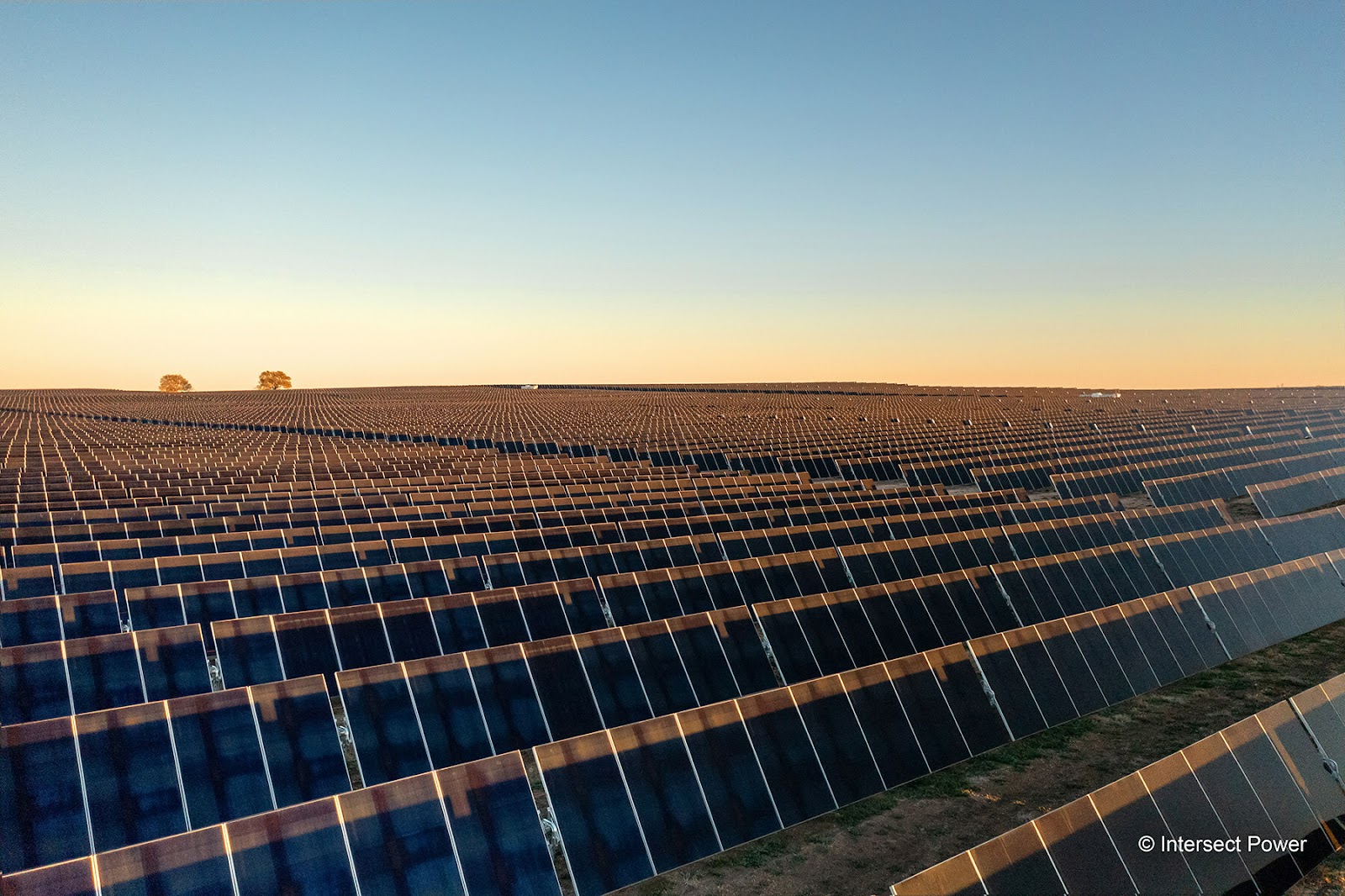
Photo Courtesy Intersect Power
Finally, Q2 saw the grid receive 968 MW of added land-based wind capacity. While this was 32 percent lower than Q1 and 24 percent lower than the same period last year, six wind farms were still commissioned during this time. One prominent examples includes the 239 MW first phase of the Chevelon Butte Wind project in Arizona, developed by AES Clean Energy, which created 250 to 300 construction jobs at its peak. When the second phase is finished in 2024, the 105 turbines will produce enough energy for 111,000 homes annually. This quarter’s progress boosted operating land-based wind capacity to 146,433 MW. Plus, more is coming online soon, occupying 15 percent of the total renewable power capacity in development, amounting to 21,069 MW. The land-based wind pipeline has been sneaking up at an average of 1 percent per quarter for two years and increased 8 percent in Q2 compared to Q1.
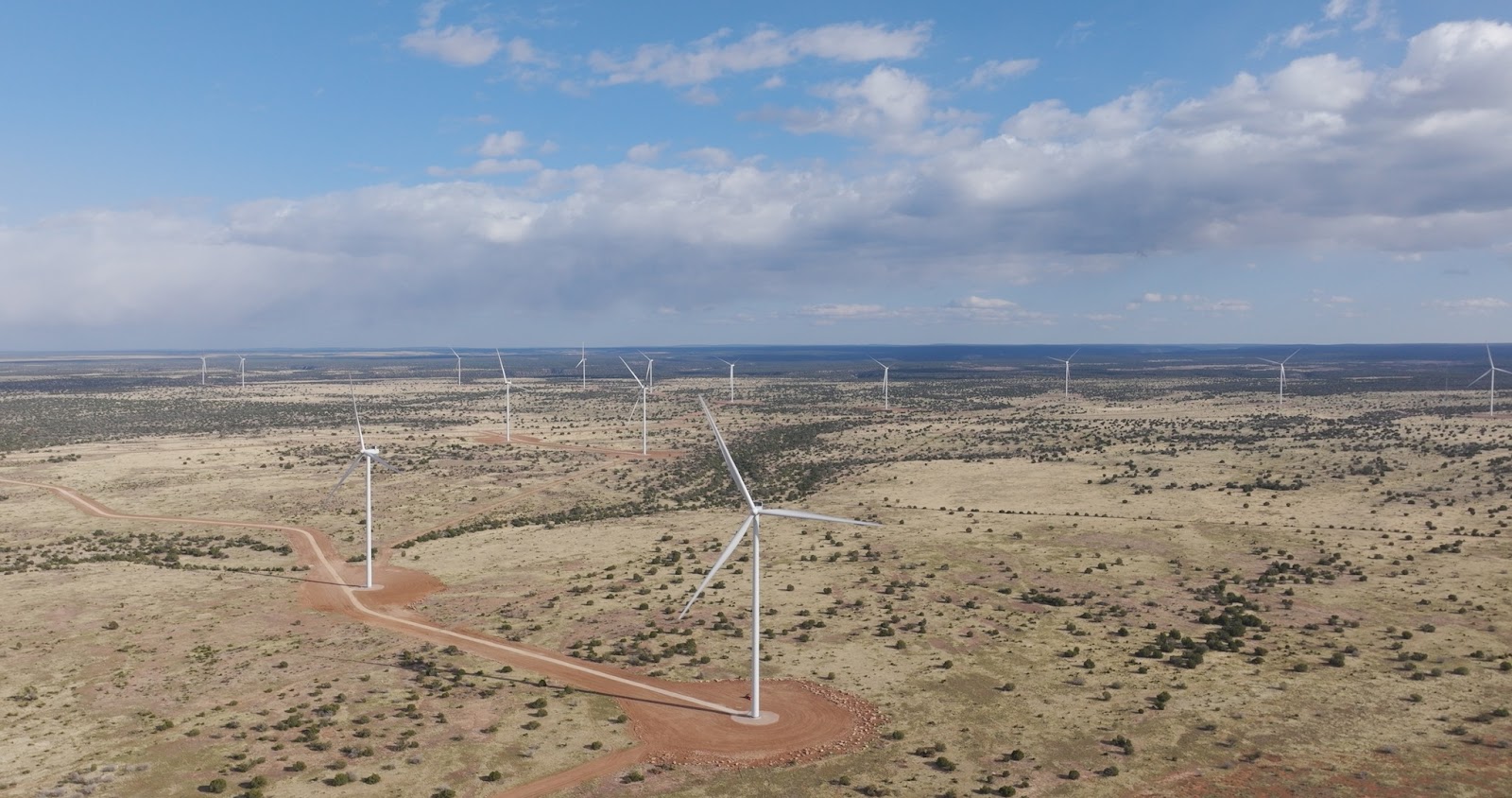
Photo Courtesy AES Corporation
Geographically, while 29 states installed new renewable energy this quarter, California ranks first; it is home to over 15% of its installations, with 867 MW of new projects. It is followed by Texas and Michigan with 727 MW and 537 MW of new projects, respectively. Texas, however, is now taking California’s mantle by supporting the most cumulative operating capacity at 55,995 MW, followed by California with 29,823 MW, Iowa with 13,278 MW, and Oklahoma with 12,577 MW. Tennessee, though, has seen an incredible 35 percent growth in its cumulative capacity for the first half of 2023.
In terms of pipelines, Texas again ranks first with 26,353 MW in development, increasing its total operating capacity by 47 percent when it comes online. It is followed by California with 15,918 MW and New York with 9,217 MW. Notably, Kentucky and Louisiana will soon be at the top of the list for operating capacity, based on the 2 GW of clean energy in each of their pipelines.
In Q2, there was also a plethora of venture capital activity, according to a Pitchbook report: $5.4 billion was invested in clean energy technology, including $1.9 billion in grid infrastructure, $1.7 billion in intermittent renewable energy, $1.5 billion in clean fuels, and $0.8 billion in dispatchable energy. This total funding represents the highest venture activity in this space since Q4 of 2021. Moreover, the median deal size in the first half of 2023 was $8.6 million, surpassing 2022’s median of $6.7 million.
The biggest investment of the quarter was Hithium’s $629 million Series C round, which equated to 40.4% of the quarter’s investment in battery energy storage systems. However, energy storage was not the theme of the quarter.
The most popular investments were in two other categories. For solar PV, the biggest deal was Massachusetts-headquartered Nexamp’s $400 million fundraising in May. It will use the financing to build 49 community solar and battery storage projects in Illinois, Maine, Maryland, Massachusetts, Minnesota, and New York, benefitting 25,000 homes, saving families $6.5 million in electric costs, and creating 2,390 jobs in construction and operations. “Nexamp is expanding its reach to meet the critical needs of communities, especially those that are historically underserved, ensuring they’re represented in the transition to a resilient, dynamic, and clean energy grid,” CEO Zaid Ashai expressed in the press release.
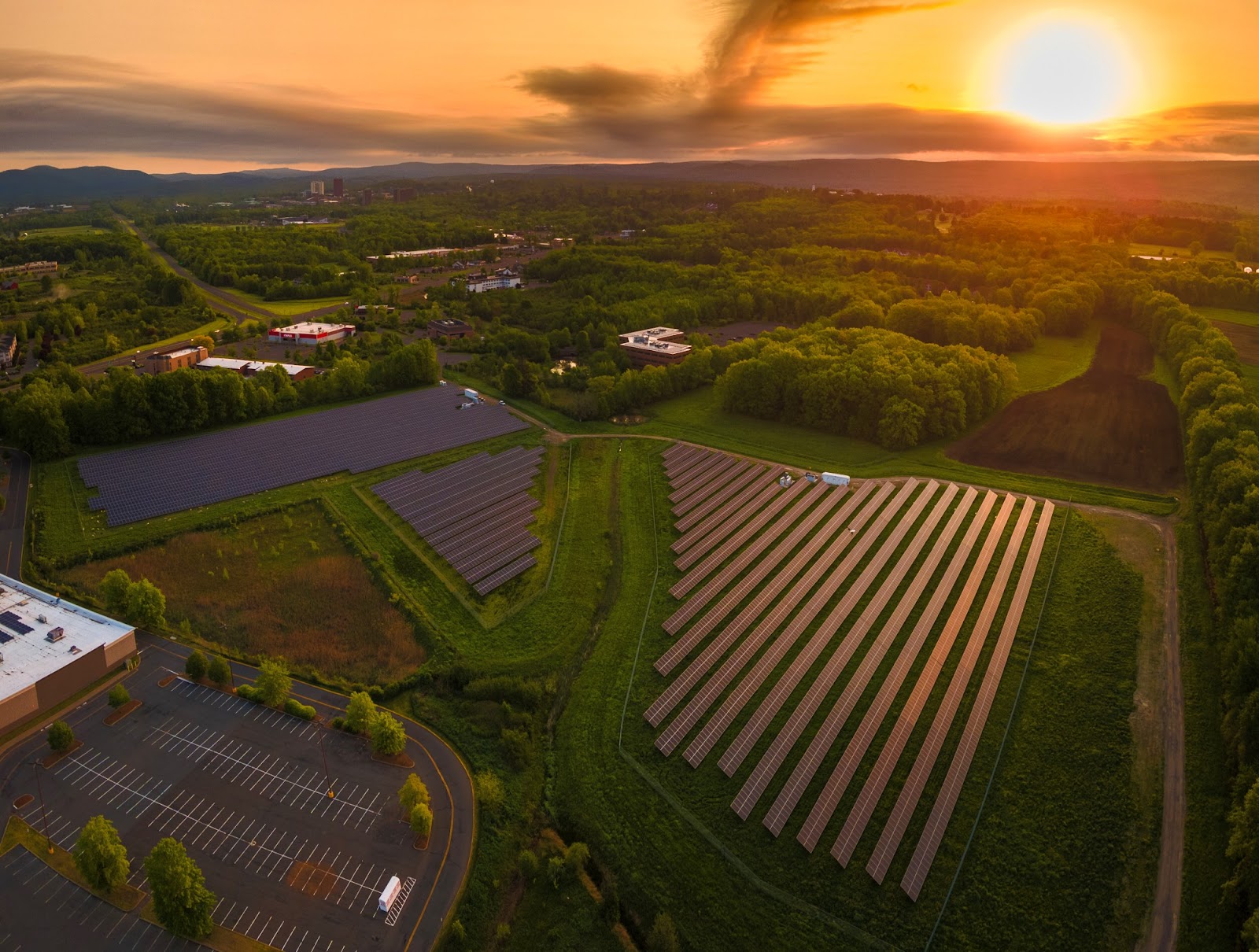
Photo Courtesy Nexamp
The other category that drew significant investment was hydrogen. In April, Nevada startup Ohmium International raised $250 million in its TPG Rise Climate-led Series C round. The company plans to use the influx to expand its annual manufacturing capacity to 2 GW worldwide and advance its research and development into producing cheaper green hydrogen. New York-based Ambient Fuels also raised $250 million in funding from Generate Capital to build more green hydrogen infrastructure in May.
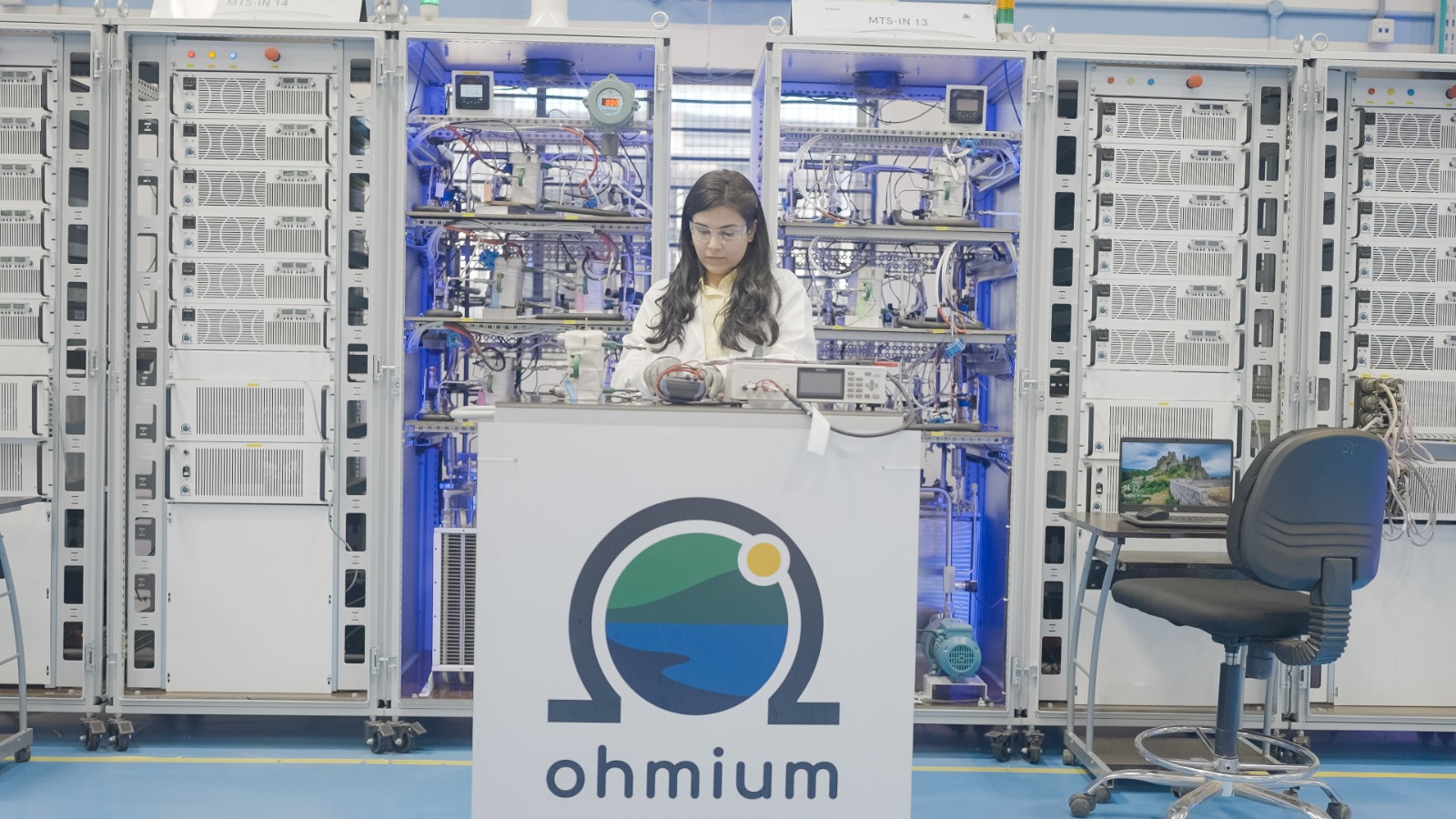
Photo Courtesy Ohmium
Finally, there was an influx of factory and facility announcements during Q2, according to a report from E2. For example, conglomerate Bosch acquired TSI Semiconductors in April and announced investing $1.5 billion in the chipmaker’s Roseville, California, manufacturing factories to produce silicon carbide chips. According to TechCrunch, these chips use 50 percent less energy than others and provide a superior range for electric vehicles.
In May, Enel North America declared that it would build a photovoltaic cell and module manufacturing plant in Inola, Oklahoma, for $1 billion through its affiliate 3Sun USA. The factory will support 1,000 direct jobs by 2025 and will have a production capacity of 3 GW per year, although an expansion in a second phase could result in 900 more jobs and 3 more GW of capacity.
That same month, Toyota North Carolina said it would invest $2.1 billion more in a battery facility it is building in the state, representing a total $5.9 billion investment and supporting 2,100 employees. These lithium-ion batteries will go to Toyota Kentucky, responsible for building the company’s first US-assembled battery electric vehicle, a three-row SUV, starting in 2025. “[Toyota’s expansion] confirms our status as a manufacturing powerhouse,” said State Senate leader Phil Berger. This trend, however, is bigger than any one state or region though. With this flurry of activity, the U.S. is positioning itself as a global leader in renewables production and clean jobs.
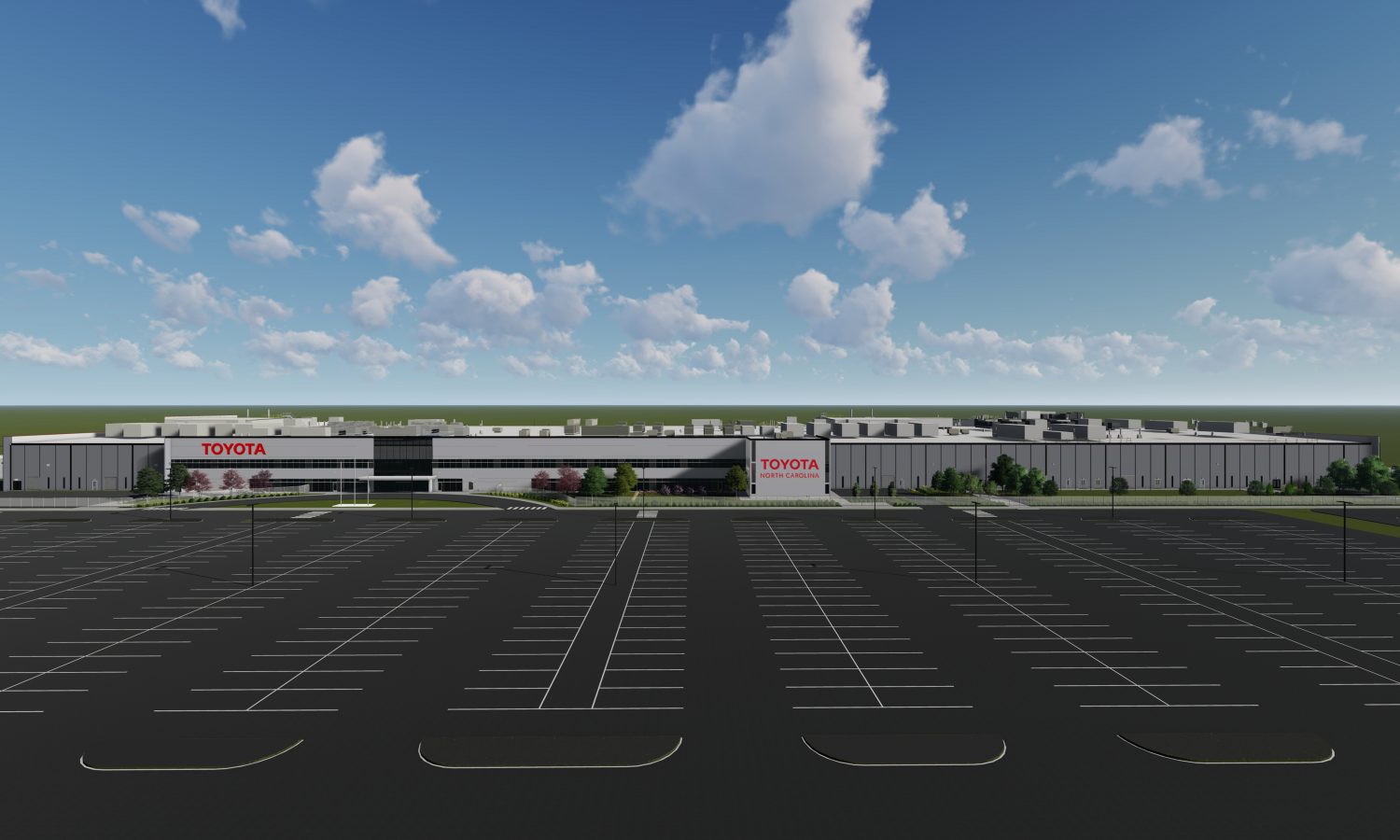
Photo Courtesy Toyota

